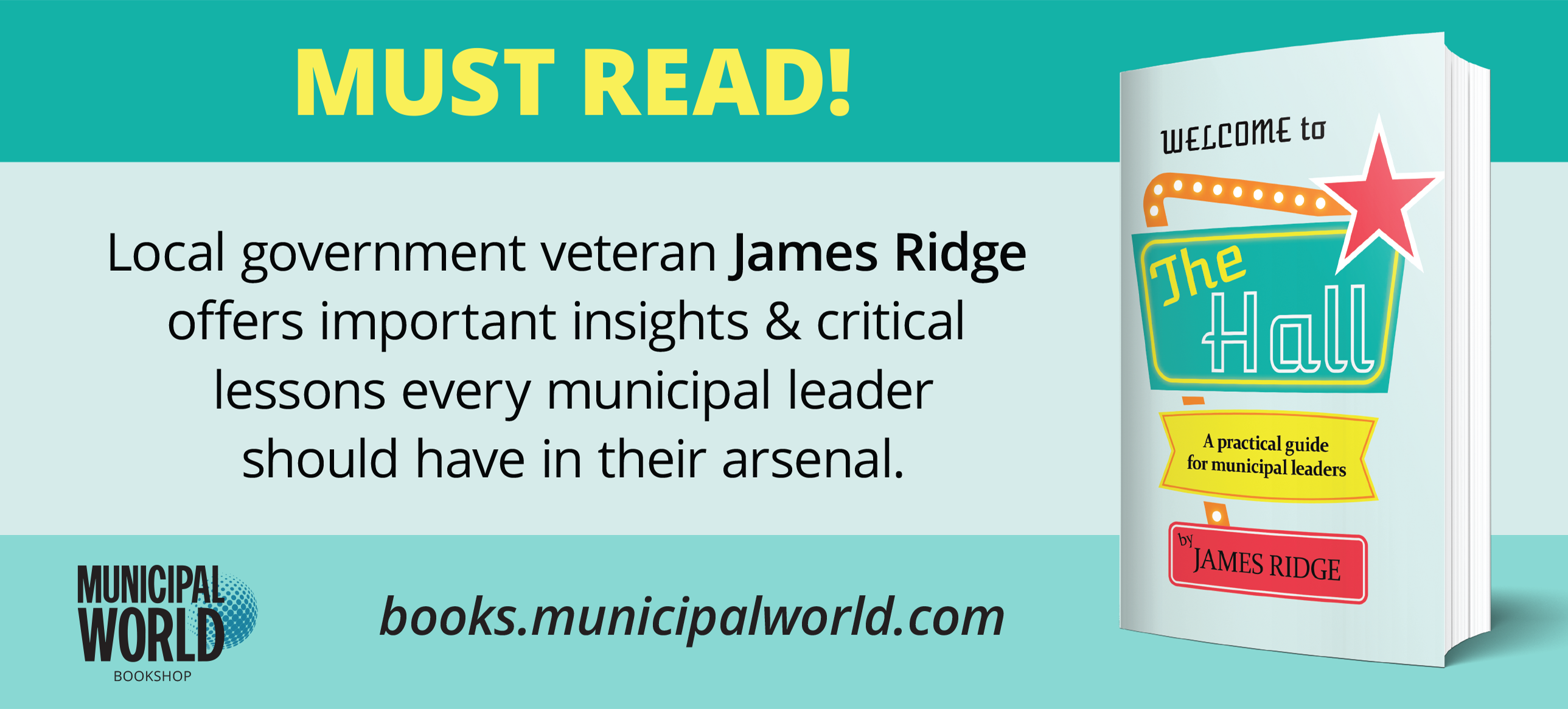Tasmania applies mandatory and preferential voting to local elections

Voters in the southern Australian state of Tasmania will now be required to cast postal ballots in the upcoming municipal elections. Earlier this month, the upper house of the Tasmanian parliament approved legislation making it compulsory to cast a vote in local government elections. Under the new legislation, Tasmanians who fails to cast a ballot in municipal elections will received a fine of $34.60 AUD.
Australia makes voting mandatory at federal and state level elections, but that requirement does not extend to local elections across the country. Most Australian states – including Victoria, New South Wales, Queensland, and the Northern Territory – make voting at local elections compulsory. However, Western Australia, South Australia, and Tasmania do not compel people to vote in local government elections. With this new legislation, Tasmania is hoping to become the fifth state to extend compulsory voting to the municipal level.
Officials Hope Compulsory Voting Will Increase Municipal Elections Turnout
When the legislation was tabled at the end of May, Tasmania Minister of Local Government Nic Street said that the new legislation would improve community engagement with local government. At Tasmania’s last municipal elections in 2018, voter turnout stood at 58 percent.
“The [amendment bill] will provide a vital mechanism for the renewal and strengthening of the democratic mandate of councils,” said Street. The amendment will also introduce a simplified preferential voting system, also referred to as 1-5 or ranked voting. Under the system, voters will be required to number their preferred candidates from one to five.
Street also added that it was a “strange anomaly” that Tasmania didn’t require people to vote at local elections while voting in federal and state elections is mandatory. Mandatory voting laws have resulted in comparatively higher turnout at Australian elections. The compulsory voting law was introduced in the country in 1924 to improve low voter turnout. The legislation had an immediate impact with turnout at the 1925 election reaching 91 percent. On average, the turnout at Australian federal elections is above 90 percent. By comparison, in Canada voter turnout is typically between 60 to 70 percent.
While the legislation makes not voting an offense, the penalties are relatively small. Australians who skip a vote usually receive a $20 AUD fine from the Australian Electoral Commission. Around 20 other countries have mandatory voting laws with varying levels of fines and penalties for not voting.
The Local Government Association of Tasmania (LGAT) signalled its support for the changes. “This is something local government has been advocating for and will go a long way to reducing the number of informal votes,” said LGAT President and West Tamar Mayor Christina Holmdahl. But the association added that the government should have consulted with the sector before announcing the changes. “We have not recently considered the issue of compulsory voting in local government elections, and while the proposal may increase participation in local democracy; this change comes with some risks and importantly councils have not had sufficient time to consider the implications of such significant change.”
Critiques of Compulsory Voting
Compulsory voting has its critics – especially when it comes to municipal elections. Making voting a legal requirement can lead to higher administrative costs for municipalities. As more people turn up to vote, local governments will need to spend more money organizing elections. Compulsory voting can also impact the results of an election and potentially favour the incumbent.
“There is evidence from other states that mandatory voting usually results in a large number of votes being directed according to the order that names appear on the ballot paper, as well as an advantage for incumbents,” said Dr. Joseph Drew, an Associate Professor of Public Policy and Local Government at the University of Technology Sydney.
While the laws do improve turnout, it’s difficult to gauge how far they improve voter engagement. “When voting is optional, a high turnout shows high engagement and speaks to the efforts of councillors and candidates to reach out to citizens. A low turnout suggests the opposite. [Compulsory voting] may result in less reason for political representatives to engage with their communities.” said Drew.
But officials are confident that the legislation will improve engagement. “[The bill will] enhance the level of engagement between the Tasmanian public and local government, and elevate this tier of government to the level it deserves,” Street said.
Voters in Tasmania will next head to the polls in October. MW
✯ Municipal World Insider and Executive Members: You might also be interested in Dave Meslin’s article: Upgrading our democracy’s operating system (Part 1).
Ibrahim Daair is Staff Writer and Copy Editor at Municipal World.
Related resource materials:



